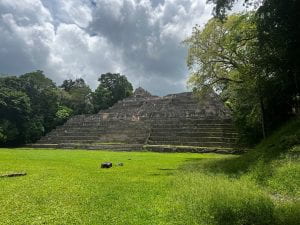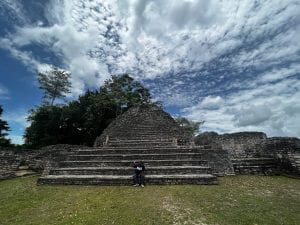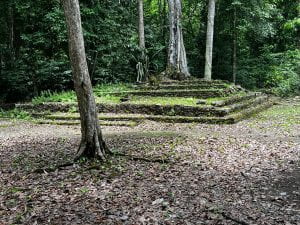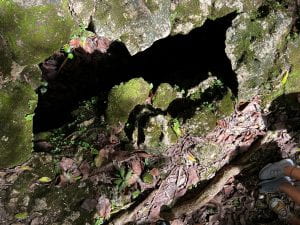Welcomeeee to Jumanji!
Choose your character: trees, birds, bugs, or monkeys…
You chose… Trees! Good choice! Are you prepared? The game is about to begin!
Level One: The Maya Ruins of Caracol
After a 3 hour drive down an unpaved, bumping and jolting road, you have arrived at your first destination: the found ruins of the classical period Maya People, Caracol.
Let your adventure begin!:
This morning started off at with an early 6:30AM breakfast, and getting on the road by 7:15AM. This was travel day 2 to the Chiquibul. Along the road in the Savannah plains, the Caribbean pine (Pinus caribaea) is still one of the most numerous trees on the side of the road, as well as some palms. Once we arrived at Caracol, we were given a debriefing of what the Caracol site was, its history, the history of the Maya people, and what our trek would be. Only 1% of the entire site of Caracol is excavated for viewing.
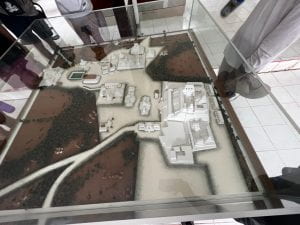

We climbed to the top of the temple/place, the largest structure still standing. There were So. Many. Stairs. I honestly don’t know how I made it up. But once on top of the temple, we were at the highest point that a man made structure reaches in Belize, which was crazy to me. The view was breathtaking.
We also saw the temples used for astronomy, gauging the solstices by the alignment with the temples peaks. We also saw some tombs and a Steele.
At the ruins, we were shown two Ceiba (Ceiba pentandra), and explained the historical significance of the species. Historically, their bark was used for paper, but the fibers of the tree are so strong that they were used in WWII for parachutes, which resulted in the downing of many ceiba trees.


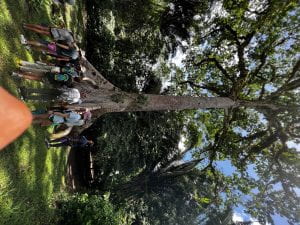
When standing in front of the astronomy temples, I correctly identified a gumbo limbo tree (Bursera simaruba), characterized by its green shiny bark covered in red papery peeling strips. Also known as the tourist tree since it’s always red and peeling. Funnily, around the gumbo limbo was a strangler fig tree (Ficus aurea), which had completely grown around the spot that the gumbo limbo was planted, completely overtaking it. Both of these trees are known to be of the taller variety, but the gumbo limbo was dropping over to get sun from beneath the canopy of the strangler fig. We also saw and were told about the horse balls tree (Tabernaemontana donnell-smithii), which has round fruit that produce a latex-glue like substance.
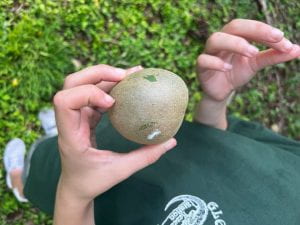
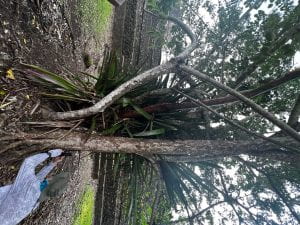
After our tour, we ate lunch curtesy of our tour guides, Leo and Miguel. Leo was so informative, and even worked on excavation at the site from 1995-1998.
After lunch, we finally made it to Las Cuevas Research Station in the evening. We caught up on lectures, had dinner, and then continued with the day’s lectures.
Our room was full of bugs, and we had to tape the screen flush to stop them from coming in. We don’t even know if we got them all out, but we eventually had to sleep. And that are our day, day one in the Chiquibul forest!

